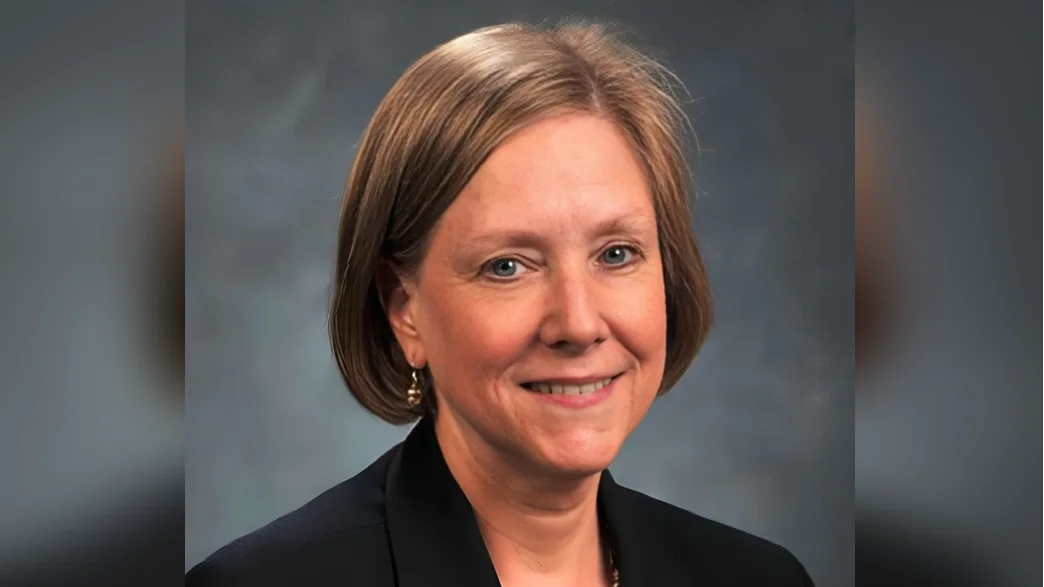
The Port Authority of New York and New Jersey has completed the replacement of all 592 original suspender ropes on the George Washington Bridge. This effort is a significant part of the agency's $2 billion rehabilitation program for the bridge, which is approaching its 100th anniversary.
Replacing the steel suspender ropes, which connect the bridge's main cables to the roadway decks, began in 2018. The project was conducted while keeping the bridge operational. The completion of this task will allow for the reopening of both sidewalks on the bridge with dedicated paths for bicyclists and pedestrians.
Port Authority Chairman Kevin O'Toole stated, "Replacing all 592 suspender ropes on the George Washington Bridge is a remarkable feat of engineering as we work to rehabilitate and renew nearly every major component of the world’s busiest bridge."
Rick Cotton, Executive Director of Port Authority, highlighted that "the George Washington Bridge is the busiest bridge in the world and an essential link in this region’s transportation network as a critical anchor of the regional economy." He added that replacing these ropes ensures that it remains so for future generations.
The rope replacement involved a meticulous process where crews secured temporary ropes before disconnecting and removing originals. The new ropes were then installed while maintaining traffic flow across the span. Additionally, as part of this project, other components such as main cables have been rehabilitated with new coatings and systems to extend their lifespan.
With these improvements, once construction on the south sidewalk is complete by 2026, there will be separate walkways for pedestrians and bicyclists. This includes fully accessible entrances and exits along with new viewing platforms and safety measures.
This comprehensive rehabilitation program addresses various components due to wear from approximately 100 million vehicles annually using this crossing. Projects include pavement rehabilitation, ramp replacements, barrier repairs, among others. Completion of this extensive renewal effort is expected by 2030.